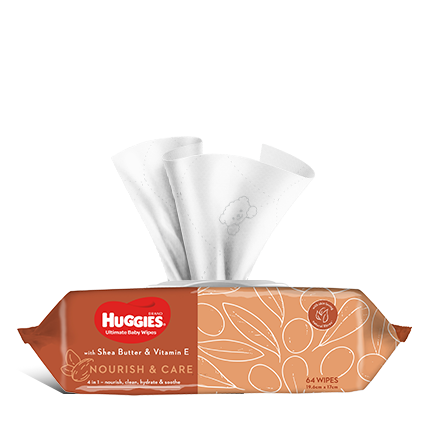Approximately one in six Australian children have a diagnosed asthma. According to the International Study of Asthma and Allergies in Childhood (ISAAC) Australia has one of the highest rates of childhood asthma, following the UK and New Zealand. Although there has been a decrease in prevalence in many English speaking countries and in western Europe, the number of children reported to have asthma has increased in Africa and some parts of Asia. The reason for this is unclear, but may be related to increasing awareness and reporting, rather than an increased incidence of asthma. Nevertheless, with a rate as high as one in six Australian children (and reports of as high as one in four), we need to be aware of this condition and work towards managing it as effectively as possible.
What is asthma and what causes it?
Asthma can begin at any age. The exact causes are not fully understood, but a number of risk factors have been identified, the most significant of which appears to be a family history of asthma, eczema or hay fever. Other factors that increase the likelihood of asthma include: exposure to cigarette smoke during pregnancy or early childhood and frequent exposure to allergens such as dust mites, mould and furry animals within the first two years of life (during which time children are very sensitive to developing allergies).
When children with asthma are exposed to certain triggers, the airway muscles tighten, the lining of the airways becomes swollen and inflamed and excess mucous builds up. These changes in the airway make it difficult for the child to breathe.
Particular food additives, such as sulphites, have also been linked to childhood asthma, and have been reported to travel through breast milk. The World Health Organisation states that up to 30% of children with asthma react to sulphites, and have recommended the phasing out of the use of sulphite preservatives. Hospital emergency departments know when school goes back, because the number of children that are taken to A&E with asthma increases substantially. The NSW Health Department reports that the number can jump from 300 in January to a staggering 1600 in February, coinciding with the return to school. This is believed to be associated to the type of food that children take to school with them, often containing large amounts of sulphite preservatives. Jamie Oliver’s introduction of additive-free meals at a primary school in London in 2003, supports this theory. Within a month of removing additives from the childrens’ meals, teachers noticed that many asthmatic children no longer needed their asthma medication at school.
This article has been provided by Penni Drysdale, a freelance writer and mother of two boys.
For more information see Baby health care or Baby Care.
Last Published* May, 2024
*Please note that the published date may not be the same as the date that the content was created and that information above may have changed since.




















